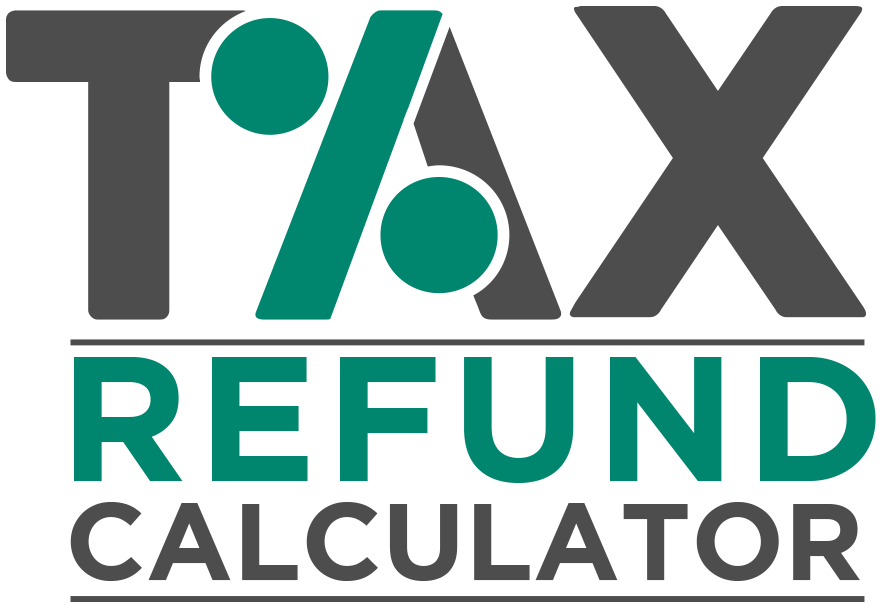
Read This for a Comprehensive Explanation of UK Tax Codes
If you are employed and under the age of 65, your employer will provide you with a tax code to help calculate how much tax refunds you can get from your salary. Like this, the pension provider uses a tax code for pensioners to determine how much income tax is removed from their pension. But what do tax codes mean, and why should you always check on them?
First, Know More on UK Tax Codes
UK tax codes determine and indicate how much tax refund a person gets from their salary before they are disbursed. A tax code consists of numbers and a letter. Numbers like 10, 20, or 30 indicate how much you can earn per year without paying tax; this amount is known as your allowance.
You don’t have to pay income tax until you earn an income above the amount your budget was designed for you to make. The letter on the tax code represents your particular circumstance that determines how much you can earn before paying tax.
Tax Code Identification
Here are some descriptions of the UK’s most common tax code letters:
- The K tax code (for “Killer”) indicates that you are taxed higher than your standard rate. This occurs when you have to pay tax on your wages from a previous year, company benefits, or when you get a State Pension and need to pay tax for having benefits from your work.
- The BR tax code (or “Basic Rate”) stands for the standard second job or pension rate, currently set at 20% of income. This means your income is not taxable.
- NT stands for non-taxable income (which is above £100k). If you earn over £100k, you lose £1 of your Allowance ($2.50/£1 if you live in the United States).
- Your tax code gets a T at every £100k of income to indicate this loss of allowance (and thus the increase in tax rate).
- From there, your code might include NT (which means your income is non-taxable) or
- OT (which indicates that your income exceeds £125,140K and you lose the rest of the Personal Allowance).
- S – Your tax code indicates that you are taxed based on the rates in Scotland.
Tax Income Brackets
Aside from knowing the above codes for the appropriate tax refund, a British citizen must also know their brackets to pay the correct amount:
Taxable Income | Tax rate |
| £0 – £12,570 | 0 percent |
| £12,571– £50,270 | 20 percent |
| £50,271 – £150,000 | 40 percent |
| Over £150,000 | 45 percent |
How to Find Your Correct Bracket and Tax Code
The letter ‘T’ followed by a number is your tax code. These should be included in your payslip; otherwise, you can ask your employer for the tax summary (P60) that includes your tax code. You can also get your tax code from your P45, the document you receive when you stop working for a particular employer.
If signed up to receive paper communication, you will get a PAYE coding notice (P2) informing you how your tax code was calculated. You might also get an email notifying you to check your Tax Account for details. If you file an annual tax return, you can see your tax code online or call Her Majesty’s Revenue and Customs (HMRC). You’ll need to disclose your National Insurance Number and answer a few security questions to access this information.
Claim Your Tax Refund Now
Getting down to how much tax refund you get may seem like additional legwork, but it’s all worth it as long as you have the correct forms and information. Follow this comprehensive guide to get squared away or visit the HMRC website mentioned above for more accurate information.
Or, you could also work on it yourself with Tax Refund Calculator! We help you claim back what is rightfully yours. By calculating whether you have overpaid tax due to unused uniform allowance or marriage tax allowance, the HMRC might pay back. Check out our website to know more about your tax refund!

